Recently, the financial reports of two CBA teams, Guangzhou Long-Lions and Nanjing Tongxi, have been made public, giving everyone a real sense that operating a CBA team is not as simple as it seems. Over the years, we fans may only focus on the wins and losses of the games, the performance of the players, and the exciting moments, but few people may have paid much attention to how much money is actually needed behind the scenes.
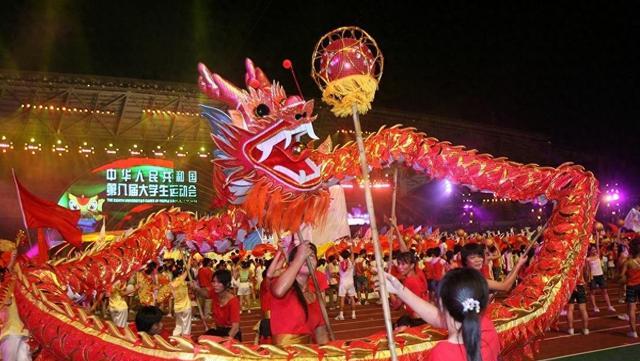
When it comes to player salaries, coach wages, arena rentals, transportation and accommodation expenses, these alone can make the operational costs of a team quite astonishing. For example, the financial report of the Guangzhou Long-Lions team has left everyone speechless. Even though this team performs well on the court, maintaining a balance between income and expenditure is by no means an easy task. Through ticket sales, naming rights sponsorships, and other sources of income, Guangzhou Long-Lions may be able to earn tens of millions each year, but this income is just a drop in the bucket compared to nearly 100 million yuan in operational costs.

It should be noted that the salaries of players and coaching staff are the largest expense. According to CBA's salary management regulations, the annual salary of domestic players must be at least 150,000 RMB, and high-paid players can even receive up to 6 million RMB. If it is a stronger team, the total salary of the players can easily exceed 42 million RMB. This does not even include the exorbitant salaries of foreign players; top foreign players' annual salaries can be as high as $4.25 million, which is simply beyond the reach of most teams.
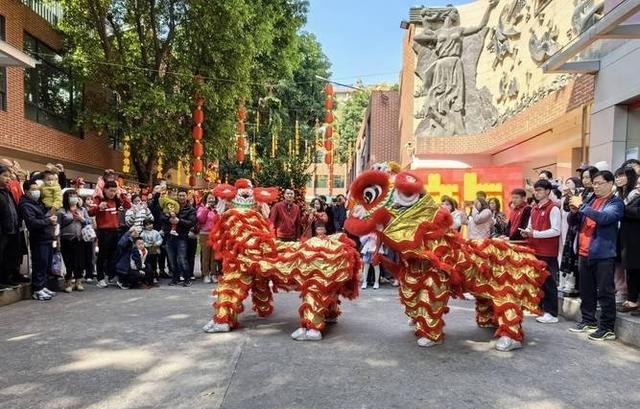
Some netizens have complained on social media: "You think players earn money by playing basketball, but in reality, their salaries are almost enough to crush the team, which is really unimaginable for ordinary people." Players' salaries are almost a burden for the club, unless the team's performance is particularly good and can offset this part of the expenditure through game bonuses and league dividends.

In addition to players and coaches, there are also a lot of "invisible" expenses. Look at the accommodation and transportation costs during away games, arena rentals, and player insurance, which add up to a significant amount over the course of a year. Some traditional strong teams also have to spend a lot of money on publicity to increase exposure, attract more fans to watch the games, and even cooperate with the media to place advertisements, making it similar to celebrity endorsements. Although these types of expenses cannot compare with player salaries, they can still accumulate into a considerable expenditure over the course of a year.
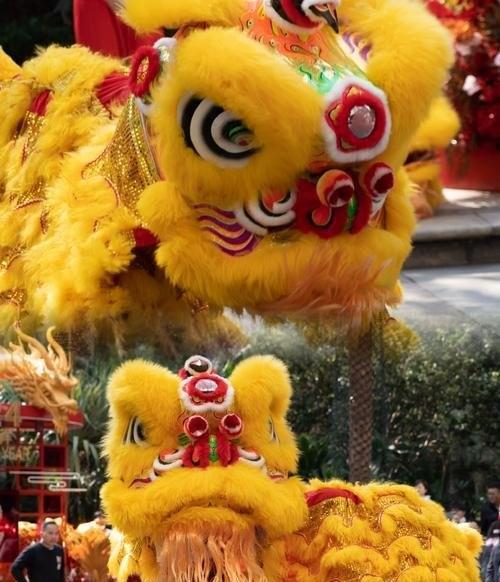
Perhaps many people may wonder if teams can survive solely on operations? The answer is not entirely. Although the salaries of players and coaches are the heaviest burden, the sources of income for the team are not limited to this one channel. In addition to annual game bonuses and league dividends, there are also government subsidies. Indeed, many CBA teams, especially well-known teams like Guangzhou Long-Lions, cannot do without government support. The sports industry is also part of national culture, and government support can alleviate some financial pressure. However, precisely because of this, the financial independence of the team sometimes becomes restricted, and long-term dependence on government support may weaken the team's market competitiveness.

Some netizens have raised questions about this phenomenon of relying on government subsidies: "If a team always relies on the government, will its financial situation become too 'dependent'? What if the subsidies decrease one day, will the team collapse?" This is indeed a question worth considering. Clubs that rely on government subsidies often face greater financial risks, especially during policy adjustments or market economic fluctuations.
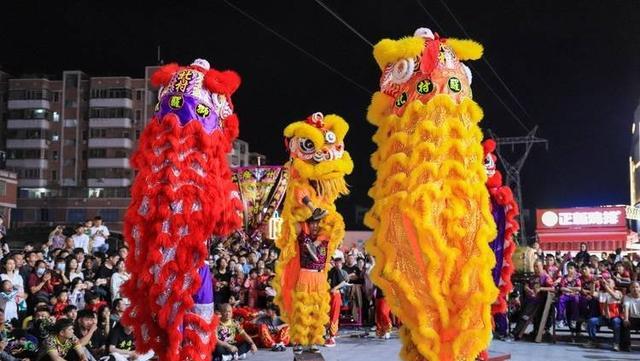
How can a team maintain normal operations and ensure financial health under such high expenditure pressure? Guangzhou Long-Lions and Nanjing Tongxi have recently provided a direction - to reduce financial burdens by cooperating with brands and developing fan economies. By cooperating with major brands and attracting more sponsors, clubs can obtain more sources of income and alleviate some financial pressure. The needs of fans have also become another important source of profit. With the popularity of the Internet, clubs no longer rely solely on ticket sales but can interact with fans online and offline, launching customized merchandise such as fan meetings and signed jerseys by players to attract fan consumption.

"Look, the Long-Lions are not only playing games now, but they're also making waves with fan activities, which is much smarter than before!" A netizen commented in the comment section, obviously approving of this approach. Fans' loyalty and spending power can bring considerable economic returns to the team. By establishing a brand effect and strengthening the connection between fans and the team, the team can enhance its market influence and commercial value. The star effect of players has also become an important asset for the club. Some popular players can immediately drive a wave of fan effects as soon as they appear. Such players can not only help the team achieve good results in competitions but also bring huge commercial benefits to the club.
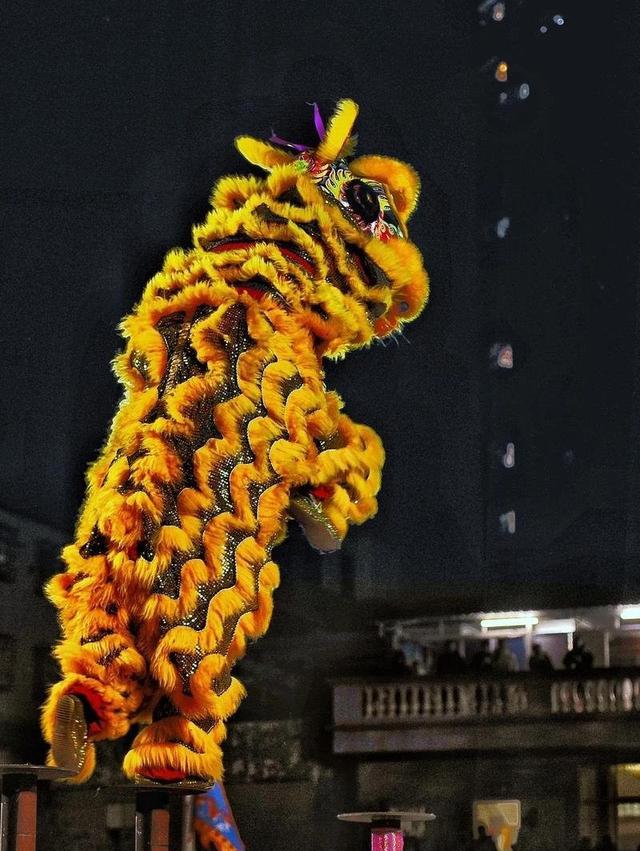
Nanjing Tongxi's approach is also quite interesting. They are not satisfied with just basketball games but extend their business areas, such as basketball training and health therapy, to open up more sources of income. With the support of the club's name, they can attract more partners and customers. Compared to ordinary companies, such teams can more easily gain market recognition.
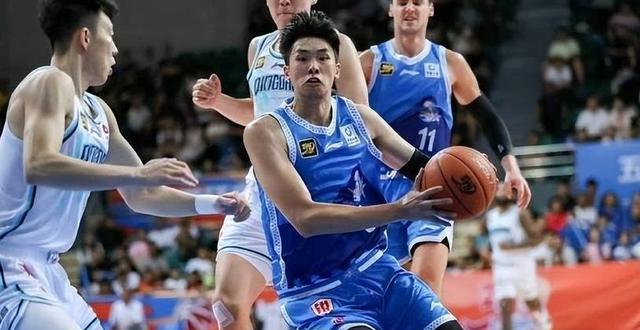
Operating a CBA team well is truly a massive and complex project. From player salaries to coaching fees, from game expenses to brand marketing, all kinds of costs are accumulating bit by bit. Without sufficient financial support and intense market competition, it is by no means an easy task for a club to make profits and maintain financial health. Often, teams have to find sources of income through multiple channels and constantly seek innovation and breakthroughs. Fan economy is obviously a potential market that cannot be ignored. By building a fan community, clubs can convert fans' enthusiasm into actual economic benefits. Therefore, the operation of a CBA team is not just a simple on-court competition but a comprehensive commercial battle. Fan support, government subsidies, brand cooperation, and various additional services are all indispensable. For these teams, to stand out in such a competitive environment, they must maintain strong on-court strength and do a good job in operations off the court, using fan economy to continuously enhance their competitiveness.